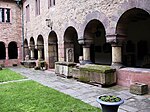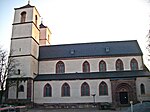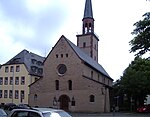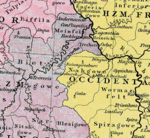University of Applied Sciences, Worms

Worms University of Applied Sciences (German: Hochschule Worms) is a business and technology-oriented university of applied sciences in Worms, Germany. Around 3700 students are taught in 38 degree programmes by 74 professors and around 100 lecturers. Worms University of Applied Sciences has three departments: Tourism/Travel Management, Computer Science and Business Sciences. The courses offered include both business and technical Bachelor's and Master's programmes. Some of these courses can also be studied in a dual system with practical training. Part-time MBA programmes are also offered. Numerous company cooperations make it possible to study with constant practical relevance and to establish valuable contacts for starting a career while still studying. Double degrees are also offered at Worms University of Applied Sciences. A special feature of Worms University of Applied Sciences is its international orientation. There are currently cooperation agreements with over 180 universities in more than 50 countries around the world. At numerous partner universities there is the possibility of obtaining a double Bachelor's or also a double Master's degree. There are partner universities in Europe, Asia, Australia, North America and South America.
Excerpt from the Wikipedia article University of Applied Sciences, Worms (License: CC BY-SA 3.0, Authors, Images).University of Applied Sciences, Worms
Erenburger Straße,
Geographical coordinates (GPS) Address Nearby Places Show on map
Geographical coordinates (GPS)
| Latitude | Longitude |
|---|---|
| N 49.633333333333 ° | E 8.3444444444444 ° |
Address
Erenburger Straße
67549 , Innenstadt-West (Stadtgebiet Südwest)
Rhineland-Palatinate, Germany
Open on Google Maps











